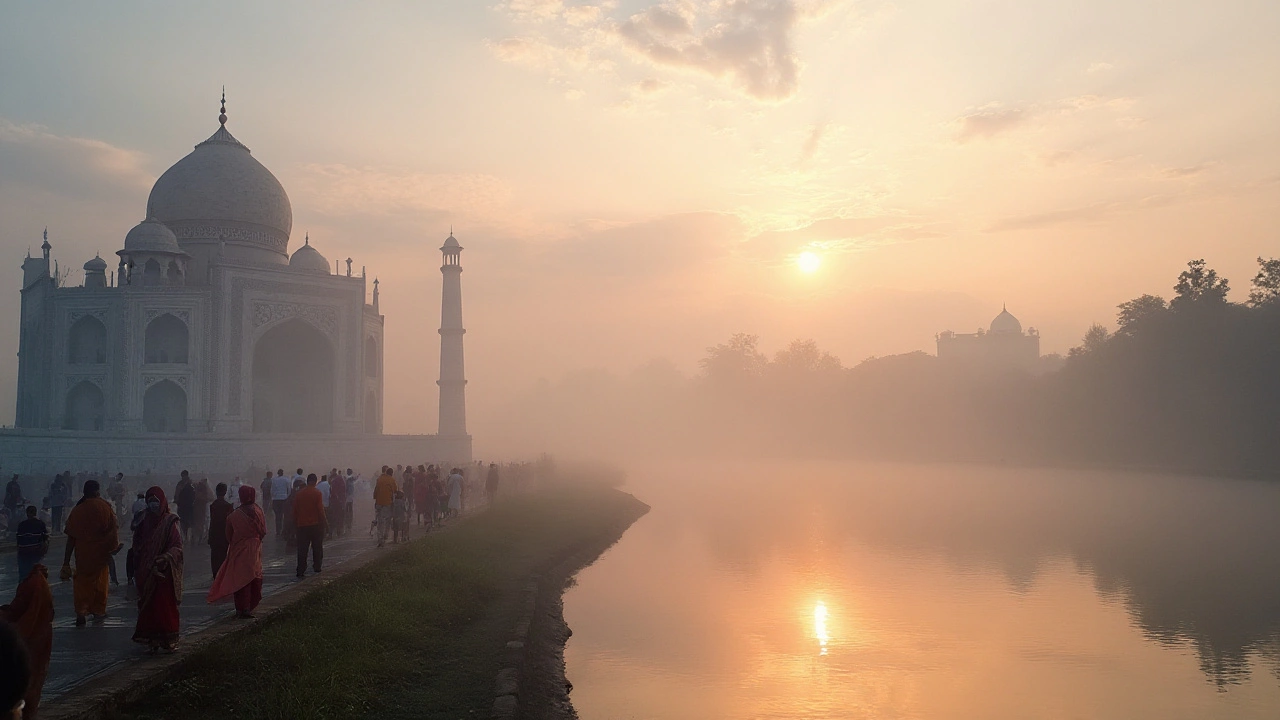SEARCH
Heritage Travel in India – Explore the Country’s Living History
If you love walking through ancient streets, tasting traditions that have survived centuries, and snapping photos of iconic landmarks, heritage travel is exactly what you need. India packs more UNESCO World Heritage sites than most countries, and every region has its own story to tell. Below you’ll find simple ways to start planning a trip that mixes famous monuments with off‑beat cultural experiences.
Pick Your Heritage Hotspots
Start with the big names: Delhi’s Red Fort, Jaipur’s Amber Palace, and the Taj Mahal in Agra. These form the classic Golden Triangle route and are great for first‑time visitors because transport connections are solid and there are plenty of guides. But don’t stop there. The UNESCO Heritage Cities article on our site lists places like Hampi, Khajuraho, and Ratnagiri that rarely get crowded yet offer dazzling architecture and local festivals.
For a southern twist, think about Kerala’s spice routes and historic churches in Kochi. The “Best Tourist Place in South India: Why You Should Visit Kerala” post shows how you can combine beach relaxation with visits to Fort Kochi’s Dutch Palace and the ancient Jewish Synagogue. It’s a perfect blend of heritage and nature.
How to Make Heritage Travel Easy
First, map out the sites you really want to see and group them by region. Driving long distances in India can be tiring, so use trains for big jumps and rent a car or scooter for local hops. When you land, choose airports that rank high on cleanliness and safety – our “Cleanest and Safest Airports in India: 2025 Guide” can help you find stress‑free entry points.
Next, think about timing. The best months for heritage travel are generally October to March when the weather is mild across most of the country. This also avoids the monsoon season that can make outdoor sightseeing messy.
Don’t forget to respect local customs. Many heritage sites have dress codes or restricted photography zones. A quick read of the site’s official website or our travel tips can save you awkward moments.
Finally, budget smartly. While big attractions like the Taj Mahal have entry fees, many smaller forts and temples charge little or nothing. Pair paid sites with free cultural walks in historic neighborhoods – you’ll get the same vibe without breaking the bank.
Heritage travel isn’t just about ticking boxes; it’s about feeling the pulse of a place that has shaped centuries of art, politics, and daily life. Use our articles as a springboard, add a few personal interests, and you’ll come back with stories that go far beyond the typical tourist checklist.

Exploring India's Most Visited Historical Sites: A Journey Through Time
India is home to many world-renowned historical sites, attracting millions of visitors each year. Among these, the Taj Mahal stands out as the most visited, celebrated for its breathtaking architecture and romantic history. This article delves into the allure of the Taj Mahal and other prominent heritage sites in India, offering insights and practical tips for visitors. Discover the timeless beauty and cultural significance of these destinations, and learn why they captivate the hearts of those who visit.
Continue reading